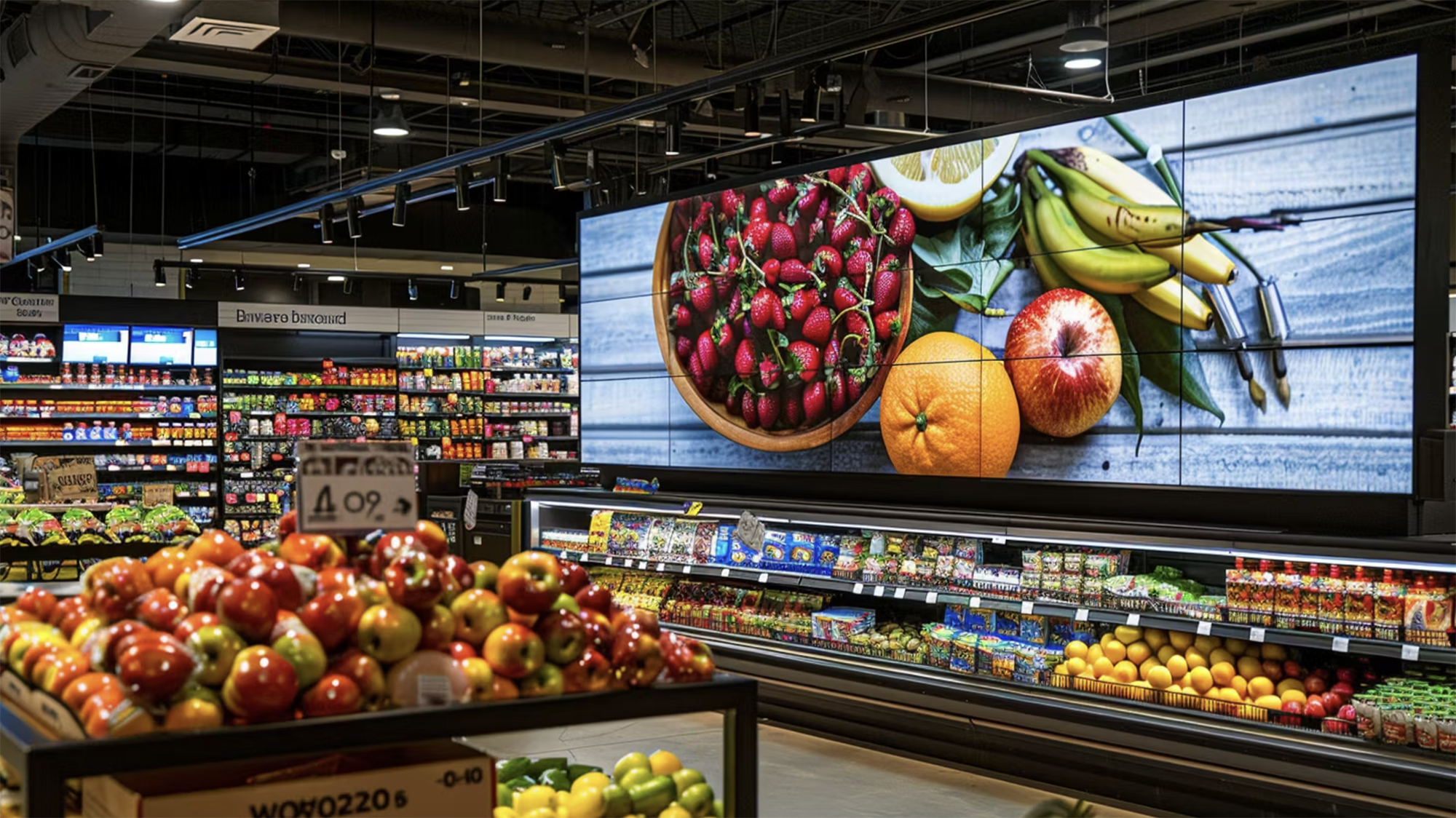Grocery Disruption in 2024. The view from CES, NRF and FMI

At a Glance
- Introduction
- Insights from CES, NRF, and FMI
- Challenges/Opportunities for Regional and Independent Grocers
- Strategies for Effective AI Integration
AI at CES, NRF, and FMI: A First-Hand Perspective
There was so much AI present at CES, NRF and FMI, it is a wonder I had to go there at all. Surely, the benefits and themes of these conferences could be synthesized into some news clipping for me to watch through my new Apple Vision Pro, saving me the poor airport food and TSA lines. While NRF may have reached ‘peak AI’ with it having been magically injected into every vendor's product, no matter how legacy those products might actually be. FMI, on the other hand, was probably somewhat more pragmatic. Grocers are great at separating the wheat from the chaff, with so much noise in media and content, there is nothing like the grounding that serving grocery customers every day provides. Understanding how real customers are managing budgets, making choices and striving to feed their families provides an instinctive pragmatism when it comes to new shiny objects such as AI.
Grocers and AI Adoption: A Practical View
I wrote back in November that I am optimistic that grocers could actually lead in AI adoption, where they have not in broader technology adoption over the past twenty years. The unrivalled frequency and richness of data, coupled with challenges of labor costs, regulation and intense competition provides a compelling incentive to be at the forefront of practical AI application. There are many use cases across physical and digital stores with genuine opportunities to improve transparency of the supply via companies like Wiliot, to reduce food waste with intelligence from Wasteless or to improve online recommendations and consumer journeys through companies like Halla.
The Future of Grocery: From AI to Automation
Robots replenishing shelves in store and our refrigerators placing our weekly grocery orders might be on the horizon, however for now, applying a framework for AI adoption and executing against the areas that are going to provide the biggest benefit is going to be critical. Outside of the national players, a lot of regional and independent grocers can ill afford to waste money and must box cleverly when competing with the AI and innovation budgets of Walmart, Kroger and Amazon. It is always best to start with the end in mind, a clear articulation of the problem statement and a keen focus on the metrics that are going to have the most impact. There are AI applications that can help against profitability, customer loyalty and market share but understanding the business case and the internal alignment and investment of people, process and dollars against each goal is important to understand where the juice is worth the squeeze.
While support has been touted as an easy starting point, I am more intrigued by the application of AI to simplify the online user journey, providing a more predictive and helpful shopping journey, optimising marketing spend, allocating digital marketing budgets against the right customer cohort and in the right channel in real-time.
Emerging Trends: Electronic Shelf Labels and Retail Media
Automated and informed labor task management and inventory visibility and tracking solutions have arrived. The business case for electronic shelf edge labels seems to have been cracked. Whatever the hurdles to adoption over the past ten years, I expect widespread adoption over the next twelve months. With the alternative revenue line item or retail media as it is more commonly referred to, being the straw that broke the camel's back. While the idea of more screen time while at the shelf edge is not going to help my already challenged attention span, It may well be the fillip that esl adoption needs.
Retail Media: The Network Effect and Market Dynamics
I naively hope that grocers recognise the value of a network effect, when it comes to retail media. Kroger recognises the value of that in their pursuit of Albertsons, with the ‘alternative revenue’ line a significant motivation for that merger. With some hurdles to that marriage to be overcome, there is an opportunity for grocers to aggregate audience data, content and sales execution to get their fair share of the growing retail media pie. Live streaming in China’s ecommerce market is almost twenty times larger than that of the US, however the US is now outpacing China in annual growth of this medium. There must be synergies for non competing retailers to embrace this learning curve together, share content and negotiate better. The rising tide of retail media can lift all boats but the fragmentation in the vendor and retail community is going to leave some stranded on dry ground.
Which leaves me to my last observation and that is the theme of consolidation. Instacart once raised money at a valuation of 42 billion dollars and trades today at a valuation closer to 6. While they have invested through acquisition in an ecosystem of offerings, it remains to be seen whether each of these individual business units can sustain themselves and where the real profit driver for Instacart will be. Too many hands in the retail media fund flow is not what grocers need and that will remain a conflict in their relationship with Instacart in the long run. With too many vendors, trying to feed off the long-heralded omnichannel disruption of grocery retail, I expect continued rationalization, at even more pragmatic valuations.


.png)





.png)


